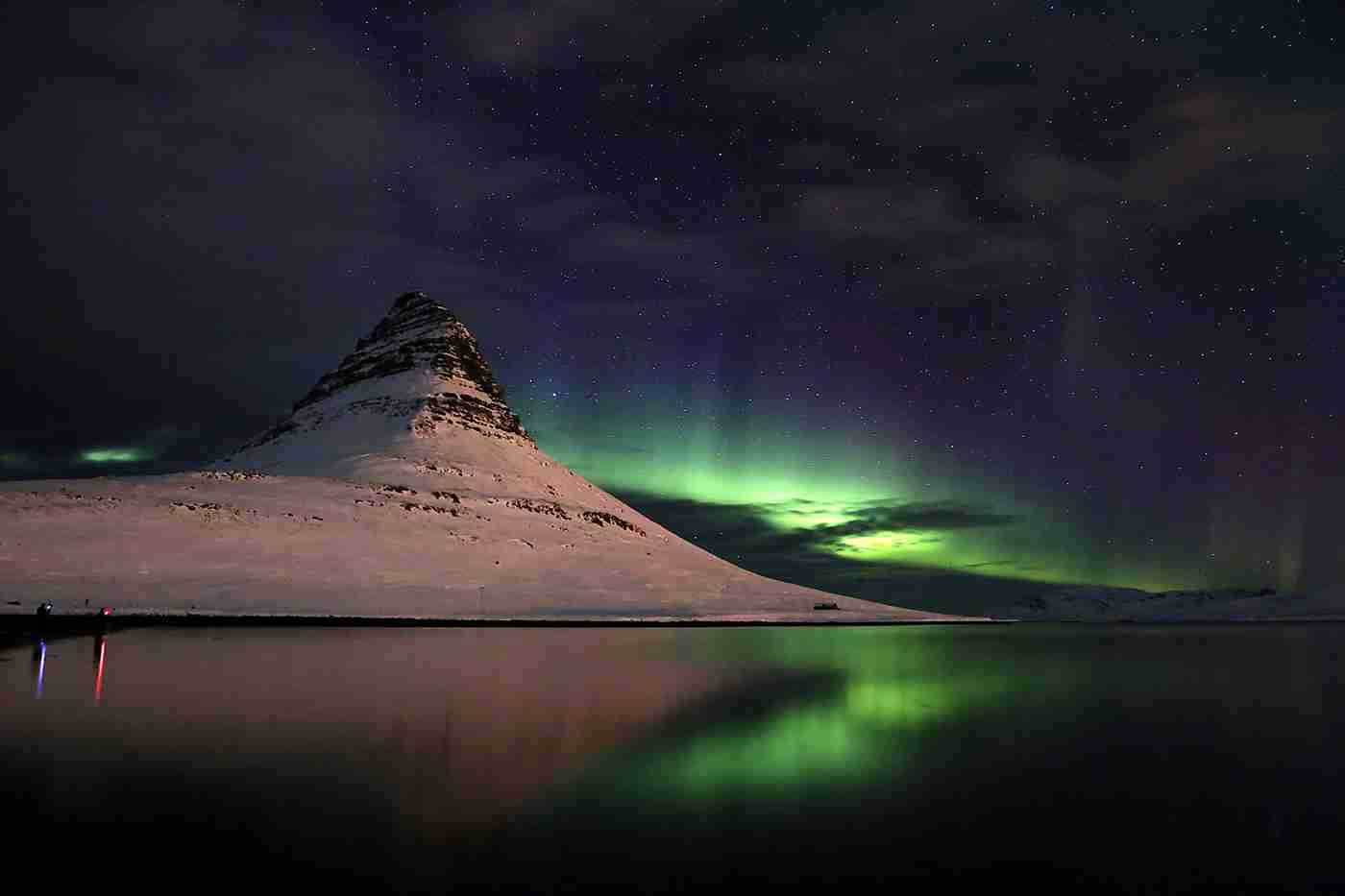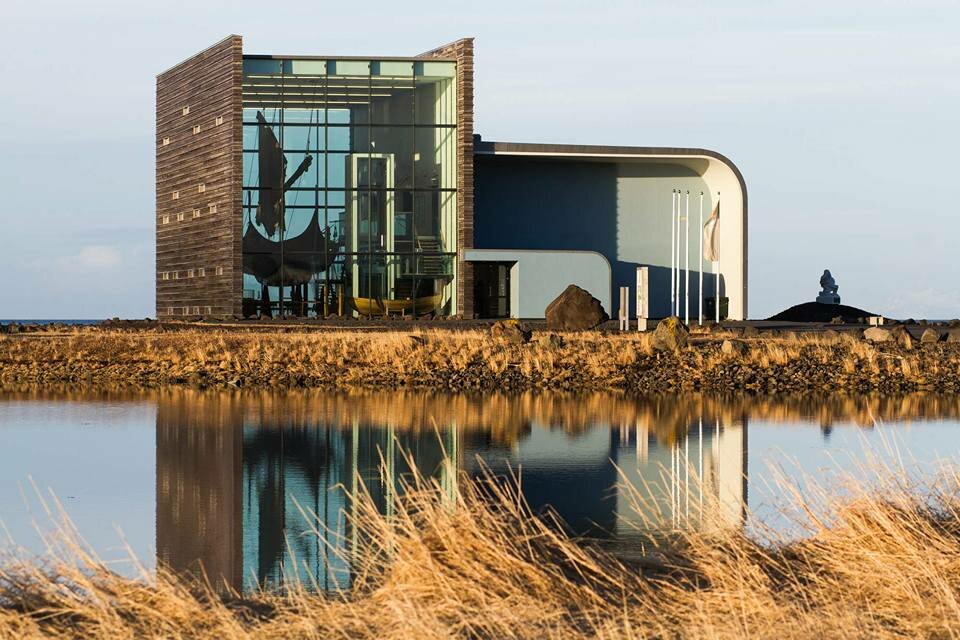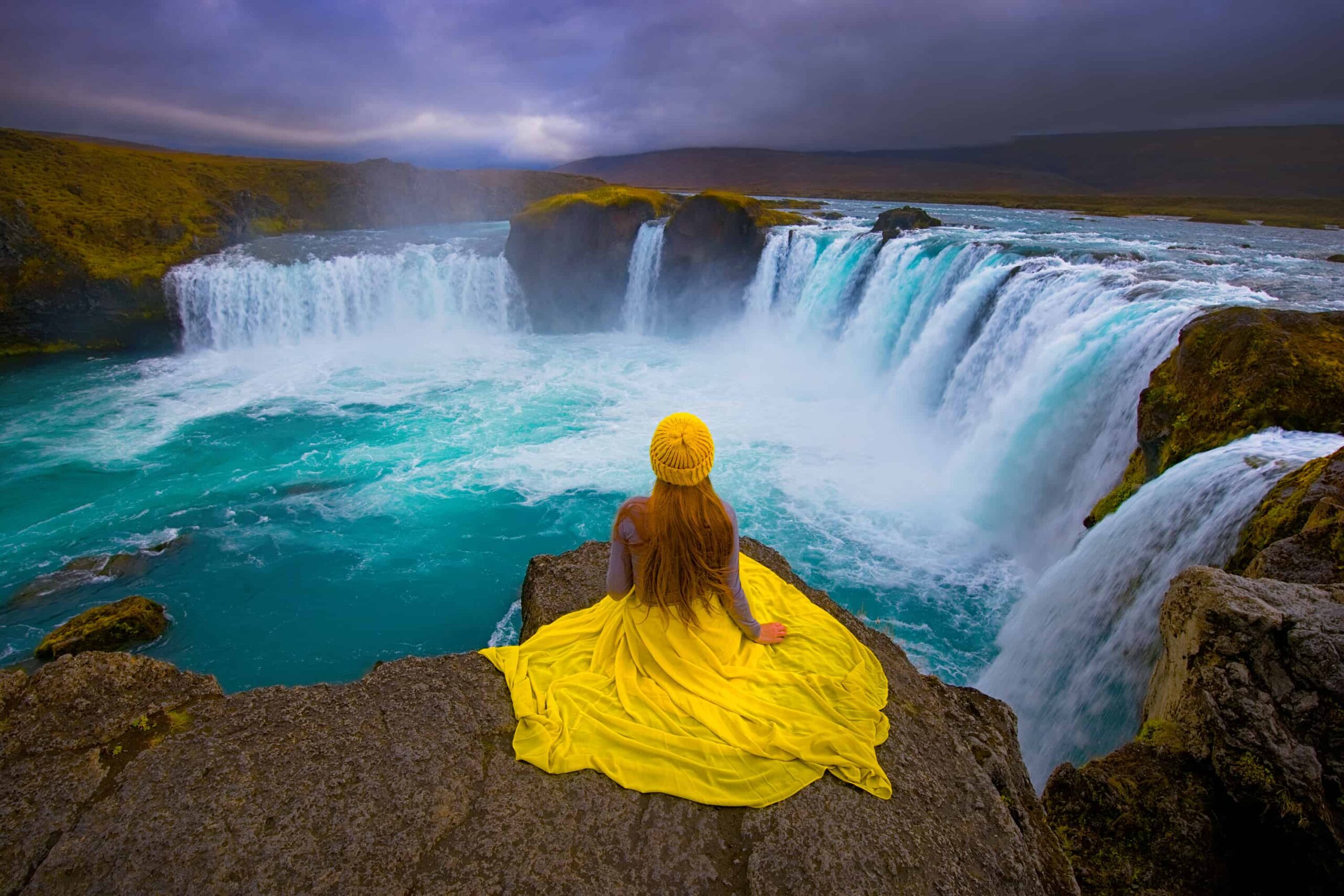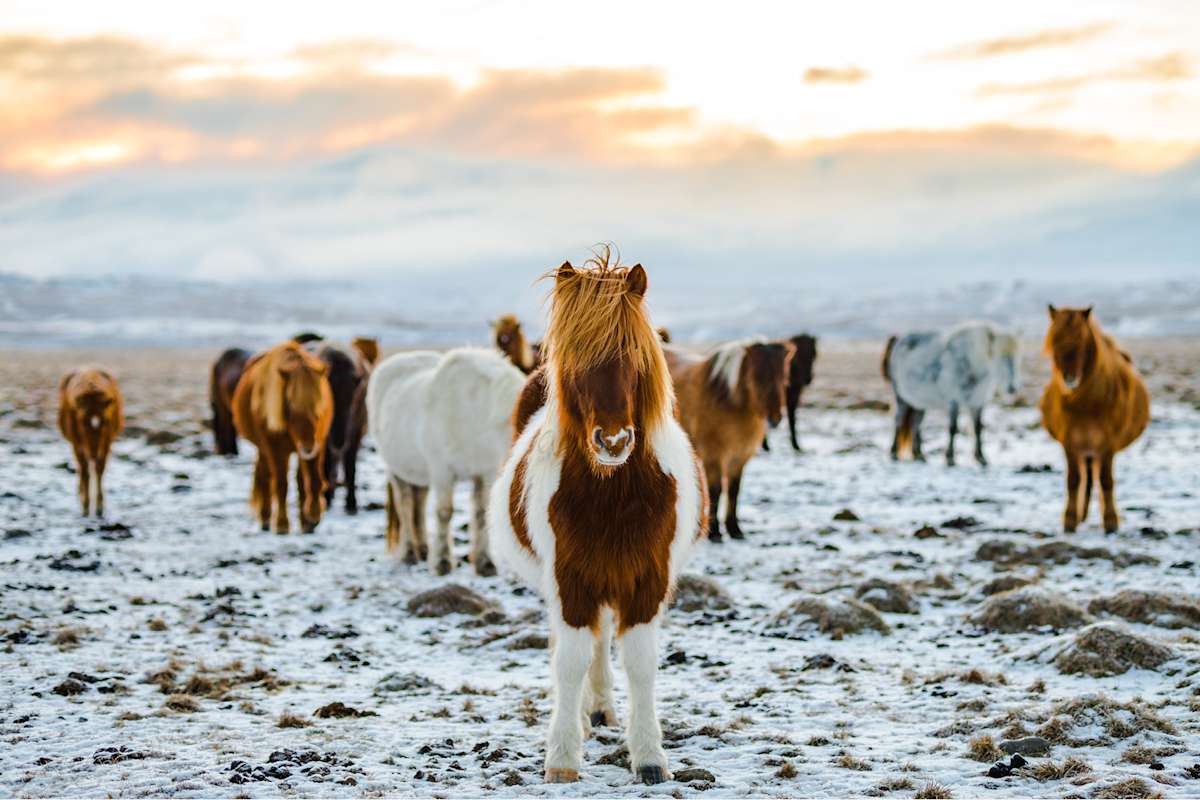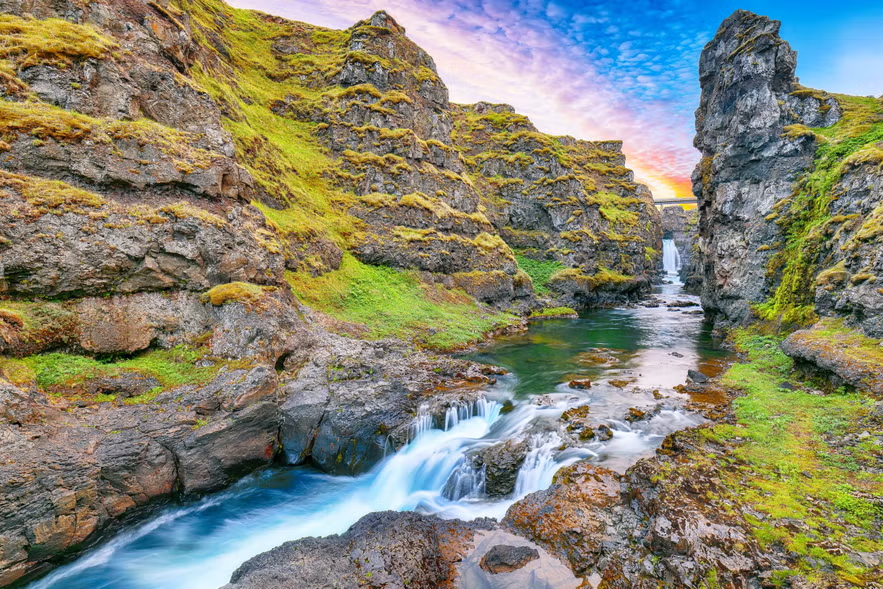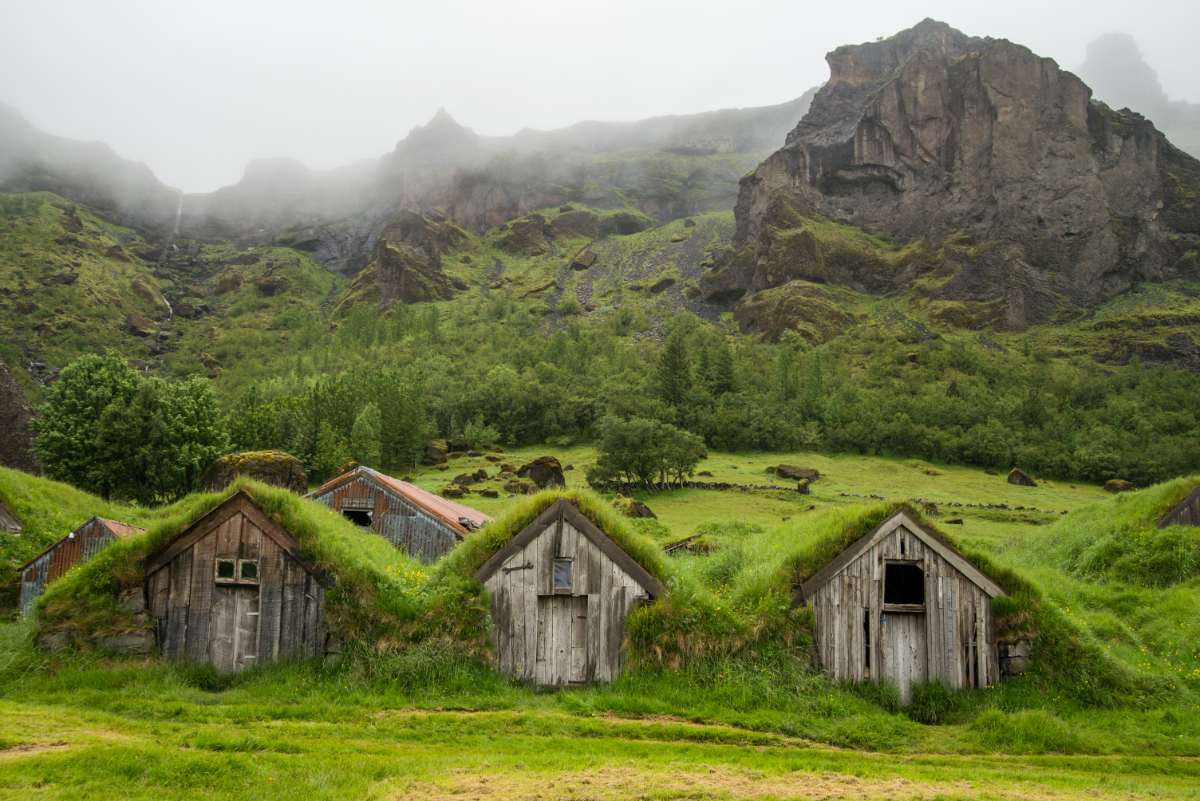Iceland’s Changing Landscapes by Season
Category
Categories
Travel Guide
Type
Glacier Lagoons, Bird Sights
Destination
Vatnajokull national Park
High season
Jun - Aug & Nov - Jan
Area
18 sq km
Outflow
Atlantic Ocean
Popular articles
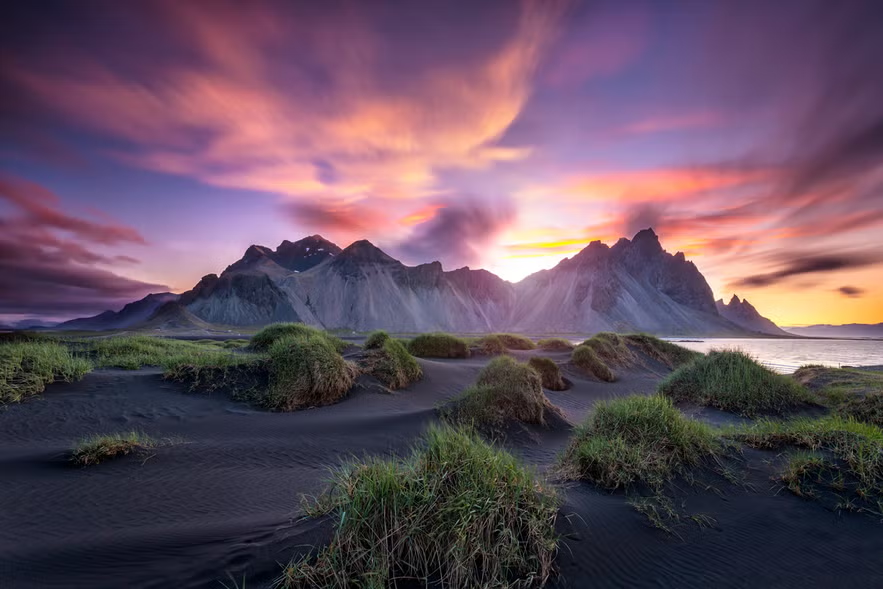
From the ethereal dance of the Northern Lights to the steaming geysers and black sand beaches, Iceland is a land of enchanting oddities. The nation, fondly known as the Land of Fire and Ice, is an alluring contrast of seething volcanic activity and immense glacial landscapes. This blog will journey through Iceland’s incandescent and icy landscapes, exploring how their myriad hues and atmospheres alter dramatically with each season.
Each location within this stunning island holds a captivating tale, etched in the hues of its terrain and the air around it. Let’s embark on this journey, immersing ourselves in the humbling ambiance of wavering geysers, soothing hot springs, the bewitching spectacle of the Northern Lights, and the ineffable charm of Iceland’s unspoiled nature.
### Geysers—Grimaces of Land:
Bubbling beneath Iceland’s frosty exterior is the untamed power of geothermal energy, most vividly displayed in the form of its mighty geysers. The Great Geysir, now largely dormant, was once the highest known geyser in the world. However, it is Strokkur, only a stone’s throw away, that steals the show today, erupting routinely every 5-10 minutes shooting scalding water up to 30m (98ft) in the air. It’s a thrilling spectacle, especially in winter, when the jet of steam disperses lazily into the icy air, creating a stark contrast against the pristine snow backdrop.
**Travel Tips:** The geysers are part of the Golden Circle route and are easily accessible from Reykjavík. Don’t forget your camera but keep a safe distance. Make sure to visit nearby attractions such as the Gullfoss waterfall and Þingvellir National Park.
**Cultural Significance:** Geysers have been an invaluable part of Icelandic life, used traditionally for cooking and washing and now as a renewable source of heating for the majority of homes.
### Hot Springs—Nature’s Jacuzzis:
Thanks to the subterranean inferno lurking beneath, Iceland is dotted with natural hot springs. There are few places more conducive to relaxation than the geothermal pools and public baths in Reykjavik, or the Blue Lagoon in the Reykjanes peninsula where the mineral-rich, azure water heals and rejuvenates.
For a more secluded and authentic experience, you might want to try the hot springs scattered throughout the countryside – Landmannalaugar with its multi-colored rhyolite mountains or the Westfjords’ remote geothermal pool ‘Hellulaug’ offering blissful solitude and panoramic views.
**Travel Tips:** Ensure you’re respectful with nature. Always clean up after yourself and never bathe in hot springs with fragile ecosystems. When visiting the Blue lagoon, pre-booking is mandatory.
**Cultural Significance:** Bathing in hot springs has not only been an age-old Icelandic tradition for relaxation and socializing but also for their therapeutic properties thanks to the presence of minerals like silica and sulphur.
### Northern Lights—Ethereal Night-time Ballet:
A major highlight of the Icelandic winters is the Aurora Borealis, commonly known as the Northern Lights. This kaleidoscopic performance caused by charged particles from the sun interacting with the Earth’s magnetic field is genuinely mesmerizing. As night falls, flashes of vibrant colors flicker and dart across the sky in a magical, shimmering dance.
**Travel Tips:** The best time to witness the Aurora Borealis is during the winter months between September and April. Patience and warm clothing are key, as you might end up waiting for hours in freezing cold conditions.
**Cultural significance:** The Northern Lights have been central to Icelandic folklore. The old Norse people believed they were the Valkyries, beautiful female warriors riding horses across the sky. More recently, some Icelanders believed that seeing the lights would alleviate pain during childbirth!
### Unspoiled Landscapes Transformed by Seasons:
Seasonal changes shape Iceland’s landscapes into impressively contrasting scenes. Summer’s midnight sun bathes the landscapes in warm, enduring light making it an ideal time to visit the vibrant green fjords or the multi-colored, mineral-rich mountains of Landmannalaugar.
On the other hand, winter in Iceland offers a starkly different but equally mesmerizing visual treat. Snow-blanketed landscapes create a feeling of serene solitude. Frozen waterfalls like Gulfoss and Skógafoss and ice caves in Vatnajökull glacier are sights to behold.
**Travel Tips:** Iceland’s weather can be fickle. Dress in layers and be prepared for sudden changes. Be respectful and take care of this fragile environment. Watch out for alerts and safety updates.
**Cultural Significance:** Iceland’s dramatic landscapes have played a significant role in shaping its vivid history and saga tales.
The land of fire and ice captivates and surprises through the seasons, offering an ever-changing but always breathtaking spectacle of natural wonders. To apprehend the immensity of Iceland’s beauty, you must feel its volcanic warmth, witness its icy serenity, delve into its profound past, and explore its heartfelt culture. With each step, you’ll discover an untamed natural world that’s filled with exhilarating adventures, waiting to be explored and revered. Now is the time to wrap yourself in nature’s bewitching blanket, immerse yourself in Icelandic magic, and gather memories of a lifetime!

